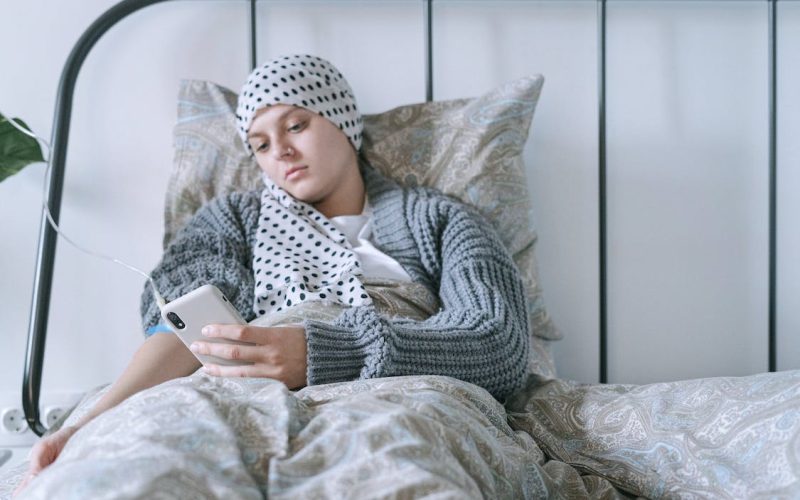A hypoglycemic episode occurs when blood glucose levels drop below normal and reach potentially dangerous levels. During an attack of hypoglycemia, people may experience symptoms such as sweating, tremors, or fatigue. Eating fast-acting carbohydrates quickly can help restore blood sugar levels. Blood glucose or blood sugar refers to the amount of sugar present in the blood. It is the body’s main source of energy, and keeping blood sugar within a safe range is necessary for good health. When blood sugar falls below the normal level, it is called hypoglycemia, or hypo. The term hyperglycemia refers to a blood sugar level above normal levels. Although hypoglycemia is more common in people with diabetes, it can also occur in people without diabetes.
In this article, we cover the warning signs of a hypoglycemic episode, how to treat it, and what to do in a hypoglycemic emergency.
Symptoms of a hypoglycemic episode
Symptoms of a hypoglycemic episode often come on quickly and can vary from person to person. Therefore, it is important for a person and their loved ones to know their personal warning signs. Symptoms of hypoglycemia can include the following:
– Trembling or feeling restless
– Nervousness or anxiety
– Sweating, chills and clammy feeling
– Irritability or impatience
– Confusion
– Fast or irregular heartbeat
– Dizziness or light-headedness
– Hunger
– nausea
– Pallor of the skin, which may be more pronounced in fair-skinned people
– Feeling tired, weak or lacking energy
– blurred vision
– Tingling or numbness
– Headache
– clumsiness
– Nightmares
In very severe cases, when blood sugar levels become extremely low, people may lose consciousness or have a seizure.
Definition and causes of hypoglycemia
Experts generally define hypoglycemia as a blood sugar level below 70 milligrams per deciliter (mg/dl) or 4 millimoles per liter (mmol/l). Typically, the blood glucose target range for adults with diabetes is around 70-180 mg/dL or 4-7 mmol/L. However, these ranges may vary slightly depending on factors such as age, medications, and general health.
Some experts can also use values to define the severity of hypoglycemia. These levels can have the following ranges:
– Level 1 or Mild: Blood glucose is less than 70 mg/dL but equal to or greater than 54 mg/dL.
– Level 2 or moderate: Blood sugar is below 54 mg/dl.
– Grade 3 or severe: Blood sugar is often below 40 mg/dl and the person is unable to function. She needs someone else to do the corrective actions.
There are many possible causes of low blood sugar in both people with and without diabetes. These include trusted sources:
– Administering or producing too much insulin
– Consuming too many carbohydrates after an insulin dose
– wrong dosage of insulin
– engaging in physical activity
– alcohol consumption
– Staying in a hot and humid climate
– Eat high-fat and high-fiber meals
– Spending time at high altitude
– experience changes in hormone levels
management and prevention
It’s important that people try to keep their blood sugar within the target range to prevent or delay potential health problems. Typically, this involves monitoring blood sugar, paying attention to symptoms, and correcting hypoglycemia with carbohydrates.
How often people measure their blood sugar varies, but it’s common to do it upon waking, before and after meals, and before bed. More frequent checks may be required in hot weather or when a person is physically active or ill. It’s also important to have supplies like glucose tablets on hand to quickly raise your blood sugar when needed.
Some tips for controlling blood sugar:
– Manage the ABC of diabetes: The ABC relates to A1C levels, blood pressure and cholesterol, and smoking cessation.
– Follow a Diabetes Meal Plan: Eating a variety of nutritious foods from all food groups can help Safe Source individuals stay healthy.
– Physical Activity: Regular exercise has many health benefits and can help people control their blood sugar levels.
– Medication: Taking medication for diabetes and other health conditions can help people achieve their ABC goal.
action plan
When a person begins to notice symptoms that they associate with hypoglycaemia, they are advised to check their blood sugar levels. If it is below 70 mg/dl, the person should follow the 15-15 rule.
This rule states that a person eats 15 grams (g) of carbohydrate and checks their blood sugar after 15 minutes. If blood sugar is still low, the person should eat another 15g serving of carbohydrates. Patients should repeat these steps until their blood glucose levels are within normal limits.
Here are some products that contain about 15g of carbohydrates:
– half a cup of juice or regular lemonade
– 1 tablespoon of sugar, honey
– Hard or gummy candies, the number of which depends on the information on the food label
– 3-4 glucose tablets
Once blood sugar is in range, people can consider eating a nutritious meal or snack to ensure it doesn’t drop too low.
Hypo emergency and when to seek help
If a person has a severe hypo, they may not be able to eat or drink. In this case, call the emergency services immediately.
hypo and unconsciousness
In some cases, sufferers may not be able to recognize the warning signs of low blood sugar. This can make it difficult to control blood sugar and increase the risk of severe hypoglycemia. Although the exact cause of undetected hypoglycemia is unknown, it appears that people who experience frequent episodes of hypoglycemia are less likely to notice or feel the warning signs. Anyone with diabetes who thinks they are losing consciousness from a hypo should speak to a doctor. They may be able to suggest strategies to increase awareness or recommend tools like a continuous glucose meter.
A hypoglycemic episode is when a person’s blood sugar is low. She often notices symptoms such as tremors, sweating, and dizziness. However, symptoms can vary from person to person, so it’s important to know your own warning signs.
* Presse Santé strives to convey health knowledge in a language accessible to all. In NO CASE can the information is given replace the advice of a doctor.





